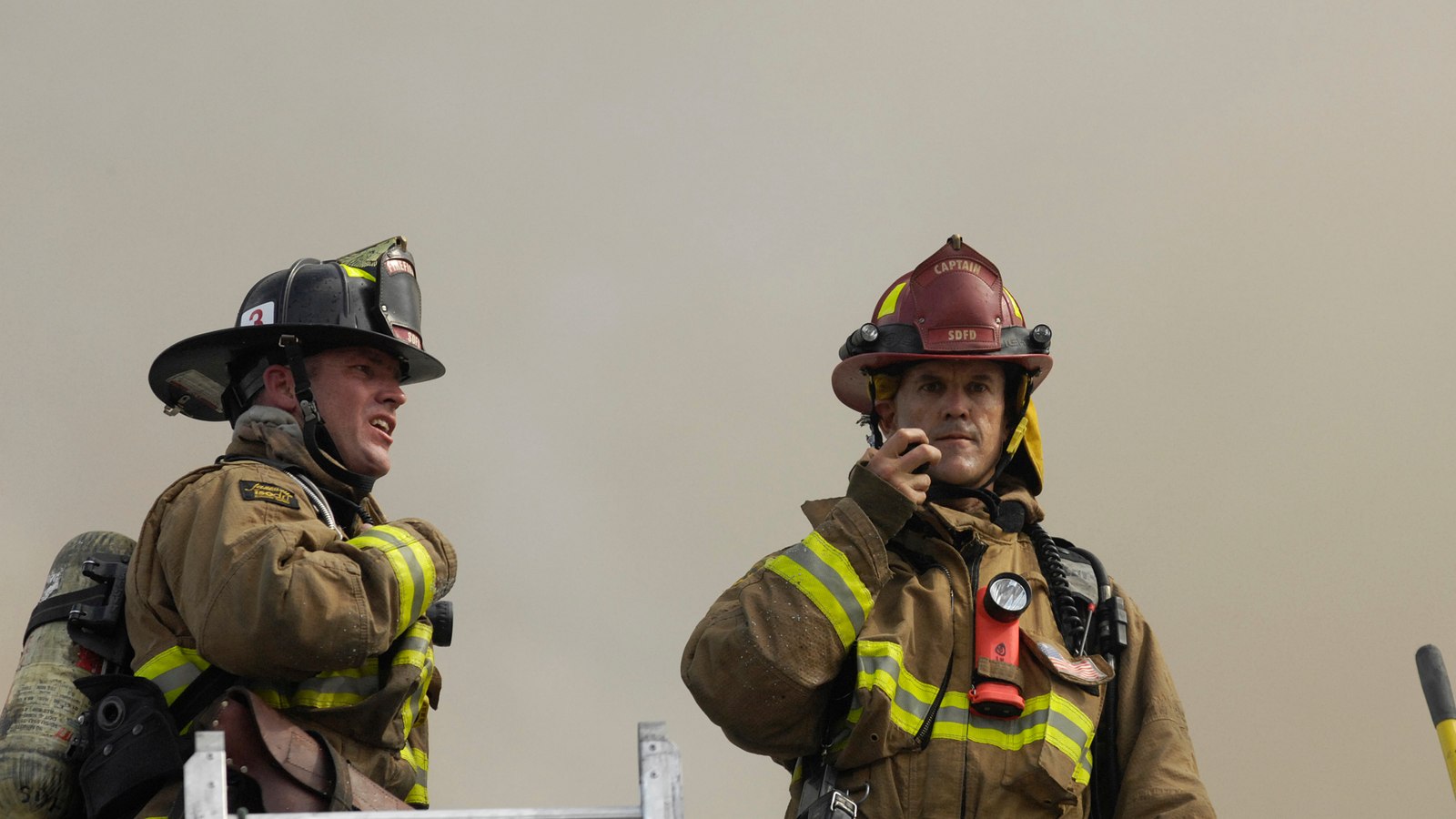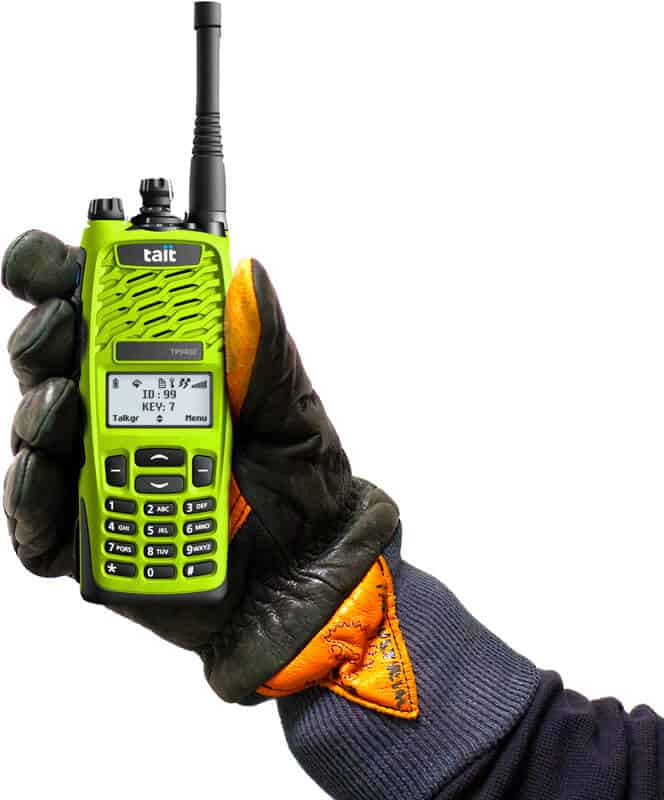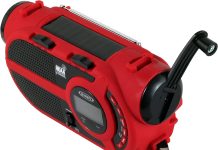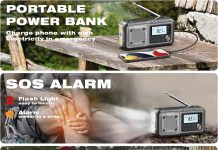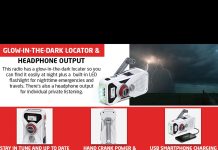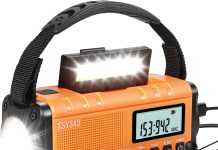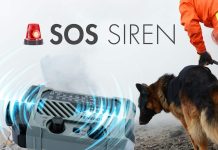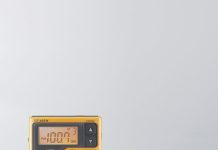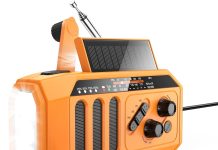Have you ever wondered if firefighters use CB radios? Well, you’re lucky because this article will provide all the information you need.
CB radios have been a staple in communication for truckers and other industries, but do firefighters rely on them, too?
In this article, we will explore the role of CB radios in the firefighting profession and how they are utilized in emergencies. So buckle up and get ready to discover the fascinating world of CB radios in firefighting!
Review contents
What are CB Radios?
Definition of CB Radios
CB radios, also known as Citizen Band radios, are two-way communication devices that operate on a specific set of frequencies designated for public use. They are widely used by individuals and industries, including firefighting, to communicate over short distances.
History of CB Radios
CB radios were first introduced in the United States in the 1940s for personal communication. They gained popularity in the 1970s when the Federal Communications Commission (FCC) authorized using the 27 MHz band for CB radios. This led to a surge in CB radio sales and usage, especially among truckers and emergency service personnel.
Features of CB Radios
CB radios typically have a compact design, with a microphone for transmission and a speaker for receiving messages. They offer a range of features, including multiple channels for communication, adjustable power output, squelch control to minimize background noise, and antenna connectors to enhance reception. Some CB radios offer additional functionality like weather alerts and built-in CB radio amplifiers for increased range.
Communication Tools for Firefighters
Importance of Effective Communication
Effective communication is crucial in firefighting operations to ensure coordination, safety, and efficient response. Quick and accurate information exchange enables firefighters to make informed decisions, allocate resources effectively, and maintain situational awareness. It plays a vital role in protecting lives, minimizing property damage, and managing emergencies effectively.
Types of Communication Tools
Firefighters rely on various communication tools to facilitate effective communication. These tools include handheld radios, mobile radios, dispatch consoles, and intercom systems. Each tool serves different purposes and enables communication between incident commanders, firefighters, dispatchers, and other emergency response personnel.
Advantages and Disadvantages of CB Radios
CB radios offer unique advantages as a communication tool for firefighters. They are cost-effective, easy to use, and provide reliable communication over short to medium-range distances. CB radios are also portable and can be used in remote areas where other communication systems are unavailable.
However, there are some limitations to CB radios. The limited available channels can lead to congestion and interference during emergencies. Additionally, CB radios lack modern digital communication systems’ advanced features and capabilities, which restricts their use in complex firefighting operations.
This image is the property of www.chicomm.com.
CB Radios in Firefighting
Traditional Use of CB Radios
CB radios have been used traditionally in firefighting for communication among firefighters, incident commanders, and other personnel on the scene. They provide a simple and efficient method of communication, enabling quick dissemination of information and command updates.
Interoperability and Compatibility
One of the significant advantages of CB radios in firefighting is their interoperability and compatibility with other CB radios. This means that firefighters from different agencies or jurisdictions can communicate with each other using CB radios without the need for additional equipment or a complex setup. This is particularly useful in mutual aid situations or when coordinating responses with neighboring departments.
Specific Applications within Firefighting
CB radios find specific applications within firefighting operations. They are commonly used for command and control, relaying incident updates, requesting additional resources, and coordinating tactical operations. CB radios also play a crucial role in maintaining communication during wildfires or incidents in remote areas where other communication systems may be limited.
Regulations and Licensing
Government Regulations for CB Radios
CB radios are subject to government regulations to ensure their proper and responsible use. In the United States, the FCC regulates CB radios’ operation and technical specifications. These regulations specify the allowable power output, frequency usage, and licensing requirements to ensure interference-free communication and adherence to federal laws.
Licensing and Certification
Unlike other communication systems firefighters use, CB radios do not require specific licensing or certification for operation. However, users must comply with the FCC regulations and use the CB radios responsibly and within the designated frequencies.
Rules and Restrictions for Firefighters
Firefighters using CB radios must follow specific rules and restrictions to maintain effective communication and avoid misuse. These rules may include keeping communication concise, refraining from transmitting false or misleading information and using appropriate communication protocols. Violations of these rules can result in channel congestion, compromised operations, or legal consequences.
This image is the property of media.cdn.lexipol.com.
Benefits of CB Radios for Firefighters
Wide Coverage Area
CB radios provide a wide coverage area, allowing firefighters to communicate over several miles, depending on the terrain and antenna setup. This broad coverage area ensures that firefighters can maintain communication even in areas where other communication systems are unavailable or have limited range.
Instant Communication
CB radios offer instant communication, enabling real-time information exchange between firefighters, incident commanders, and other personnel. This immediate communication allows efficient decision-making, quick resource allocation, and rapid response to changing situations.
Reliability in Crisis Situations
In crises, where other communication systems may be overwhelmed or compromised, CB radios provide reliable communication. They are robust and resilient, functioning even in adverse weather conditions or when other infrastructure is damaged. This reliability makes CB radios a valuable tool for firefighters in emergencies and natural disasters.
Challenges and Limitations
Limited Channel Availability
One of the primary challenges of using CB radios in firefighting is the limited available channels. Since CB radios operate on specific frequencies and share channels with other users, the potential for congestion and interference increases, especially during emergencies. This can make it challenging for firefighters to communicate effectively when multiple users are trying to transmit simultaneously.
Interference Issues
CB radios are susceptible to interference from various sources, including nearby electronic devices, geographical obstructions, and atmospheric conditions. This interference can disrupt communication and reduce the clarity and range of transmissions, affecting the effectiveness of firefighting operations.
Lack of Privacy
Unlike other communication systems, CB radios operate on open channels, allowing all users within range to hear the transmissions. This lack of privacy can compromise sensitive or confidential information, making it necessary for firefighters to use coded or limited language when transmitting certain types of information.
This image is the property of www.fireapparatusmagazine.com.
Alternatives to CB Radios
Digital Radio Systems
Digital radio systems, such as digital mobile radio (DMR) and Project 25 (P25), offer advanced features, enhanced audio quality, and increased capacity compared to CB radios. These systems provide secure, encrypted communication, improved interoperability, and better noise cancellation capabilities. However, adopting digital radio systems may require significant infrastructure, training, and equipment investments.
Mobile Data Terminals
Mobile data terminals (MDTs) are another alternative to CB radios. These devices combine communication capabilities with data transmission, allowing firefighters to access critical information, maps, and incident reports. MDTs can enhance coordination and situational awareness, but they may have limitations in terms of coverage, reliance on network connectivity, and higher costs.
Satellite Phones
Satellite phones offer global coverage, making them suitable for firefighting operations in remote areas or during international deployments. They work by connecting through satellites orbiting the Earth instead of relying on terrestrial communication infrastructure. Satellite phones can provide reliable communication but may come with higher costs and limitations in size and weight.
Training and Education
CB Radio Training for Firefighters
Firefighters using CB radios require specific training and education to operate and communicate using these devices effectively. Training programs may cover the basics of CB radio operation, proper antenna setup, communication protocols, and troubleshooting common issues. Ongoing training and refreshers can familiarize firefighters with new technologies, regulatory changes, and best practices.
Operation and Maintenance
Firefighters using CB radios should understand these devices’ operation and maintenance requirements. This includes proper handling, battery management, antenna installation, and troubleshooting common problems. Regular equipment checks and maintenance ensure optimal performance and minimize the risk of communication failures during critical moments.
Integration with Standard Procedures
CB radios should be integrated with standard operating procedures and communication protocols used by firefighters.
This involves defining clear channels for specific purposes, establishing call signs or identifiers, and ensuring interoperability with other communication systems. Integration with standard procedures helps streamline communication and ensure seamless coordination during firefighting operations.
This image is the property of www.rcom.nl.
Future Trends
Advancements in CB Radio Technology
Advancements in technology are continually improving CB radios. These advancements include better noise cancellation, increased range, enhanced battery life, and improved interference management.
Additionally, features like GPS integration and data connectivity may be incorporated into future CB radios, further expanding their functionality and usability.
Integration with Other Communication Systems
The future of CB radios lies in their integration with other communication systems. This integration can include interoperability with digital radio systems, seamless transition between different communication modes, and automatic channel allocation based on operational needs.
By integrating CB radios with other technologies, firefighters can leverage the strengths of multiple systems for efficient and effective communication.
Potential Replacements
While CB radios continue to be used in firefighting, the advancement of digital communication systems and the increasing demands of complex firefighting operations may lead to potential replacements in the future.
These replacements could include more advanced digital radio systems, enhanced mobile data terminals, or emerging technologies like wireless mesh networks or specialized communication apps.
Conclusion
CB radios play a significant role in firefighting operations, providing reliable and efficient communication over short to medium-range distances.
They offer comprehensive coverage, instant communication, and reliability, making them valuable tools for firefighters in various scenarios. While CB radios have limitations and challenges, such as limited channel availability and interference issues, they continue to be used due to their affordability, compatibility, and simplicity.
As technology advances, integrating CB radios with other communication systems and emerging alternative technologies may shape the future of communication tools for firefighters. It is essential for firefighters to stay updated with training, follow regulations, and consider the unique needs and challenges of their specific operations when choosing the most suitable communication tools.
This image is the property of blog.taitcommunications.com.



